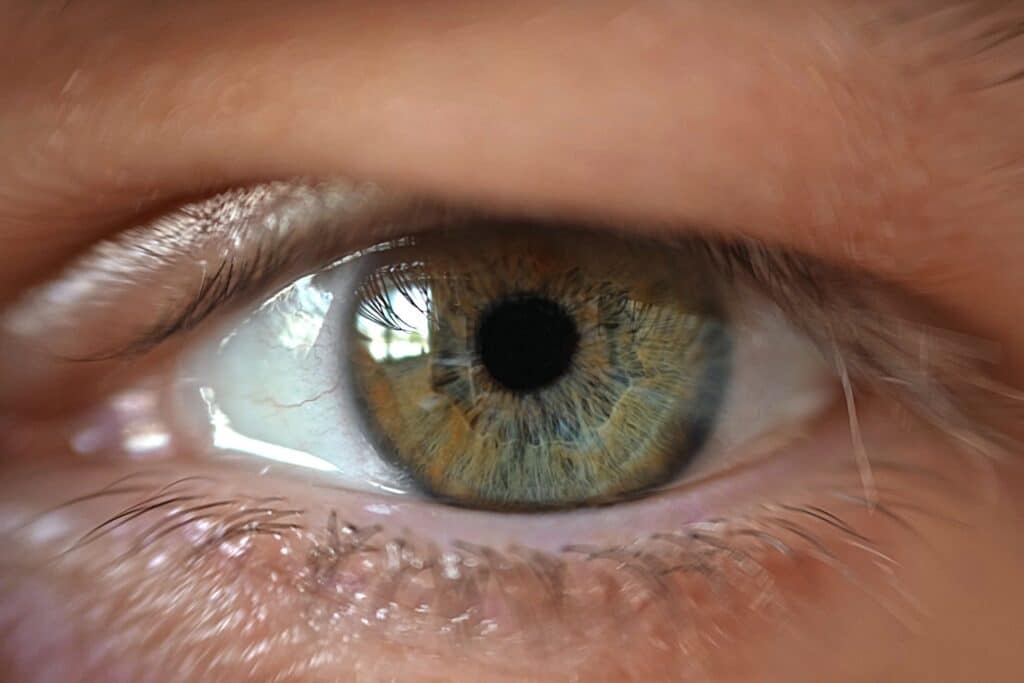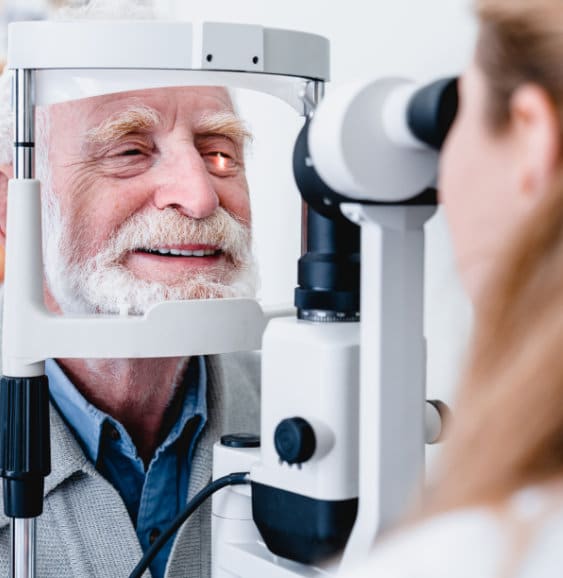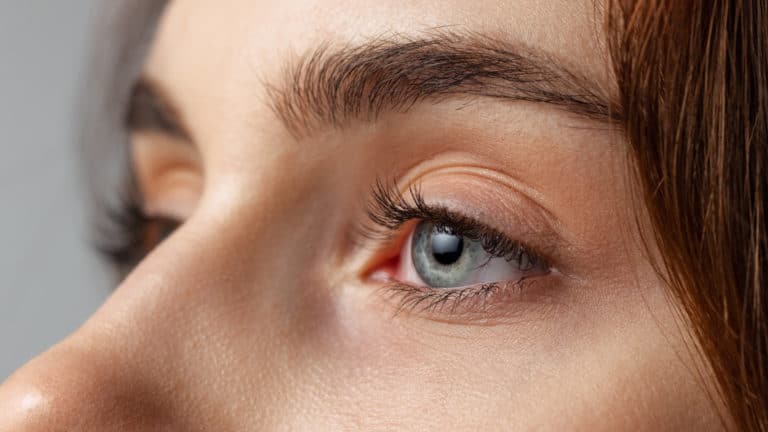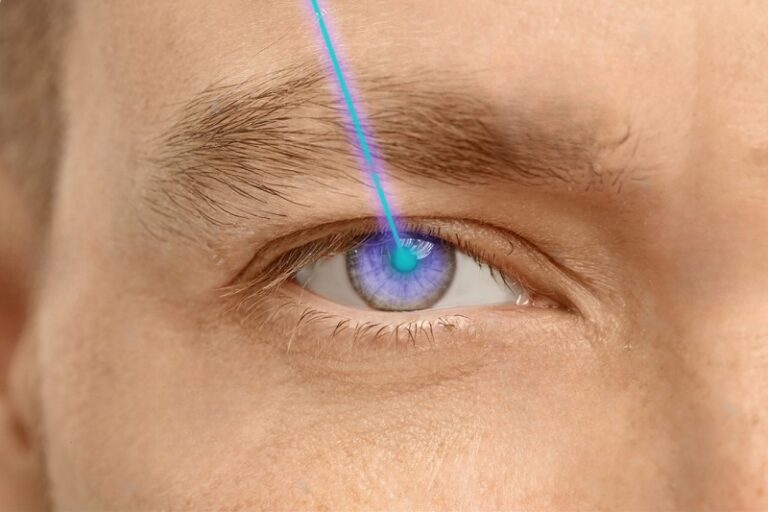What are My Laser Vision Correction Options?
If you have astigmatism, farsightedness, or nearsightedness, you may still be squinting at a blurry world, or you may be wearing glasses or contact lenses to correct it. Laser vision correction gives you significant improvements that can help you see more clearly with less need for corrective lenses. Not every type of laser vision correction is right for every person, but most people can benefit from one of these options.

What is Laser Vision Correction?
Laser vision correction or laser eye surgery is a procedure that uses a laser to improve your vision by altering the shape of your corneas. These clear structures can be changed by removing microscopically thin layers to achieve a shape that helps light focus correctly. This reshaping is computer-guided and precise, giving you improved vision with very little recovery time.
What are My Laser Vision Correction Options?
All three types of laser vision correction use a laser to reshape the cornea, but they use different methods to accomplish this. The details of how they work affect which one will work best for you.
Request a Consultation
We’d love to help you get all the information you need in order to make the best choice for your eyes. Request a consultation today! Our staff is available and happy to answer your every question.
LASIK
The most widely known type of laser eye surgery, LASIK begins by using one type of laser to create a flap in the corneal surface. This flap can be moved aside without damaging it. Another laser performs the reshaping, and the flap is moved back into place. While LASIK is suitable for many people, the size of the flap means it is not the procedure of choice for those with thin or abnormal corneas.
SMILE
SMILE uses a different technique that is more suitable for some people. During SMILE, the laser targets a layer of the cornea beneath the surface layer, creating a disc of corneal tissue. A small incision allows your eye surgeon to remove this disc, completing the corneal reshaping. The incision is significantly smaller than a LASIK flap, allowing SMILE to avoid some of the related concerns.
PRK
If you have thin, abnormal, or unhealthy corneas, you may not be a good candidate for LASIK or SMILE. However, you may still be able to have PRK. This procedure removes the surface layer (epithelium) of your cornea and then reshapes the deeper layers with the laser. The surface layer grows back entirely without the potential instability that an incision can create, making PRK ideal for some candidates.
What is Recovery Like After Laser Vision Correction?
Your downtime after laser eye surgery depends on the type of procedure. SMILE and LASIK may result in a few days of minor irritation, glare around lights, and other minor issues. Most people return to work within a few days. PRK has a longer recovery time, with haziness and glare lasting up to a few weeks. Your vision will improve significantly during the first few weeks but may take a few months to stabilize.
Take the Next Step
To learn more about when to see an ophthalmologist, please schedule your consultation by either filling out the form on this page or by calling (866) 458-1545. We look forward to helping you!





